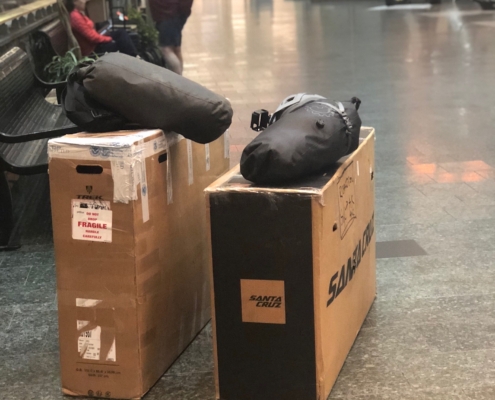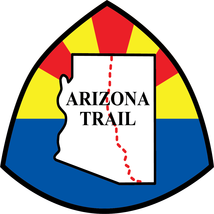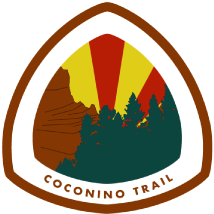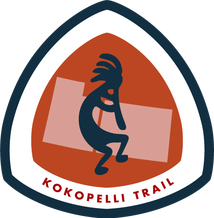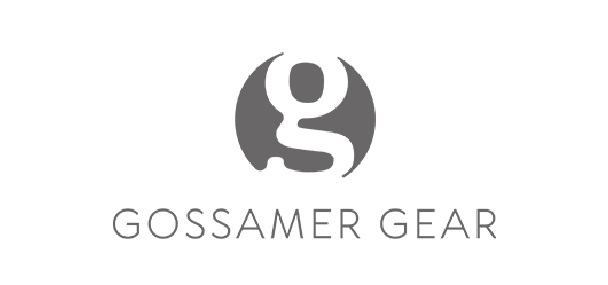The Lake Trail Gear List
Every gear list should be specific to the trail it’s for. What follows is my The Lake Trail (TLT) Gear List. The Lake Trail is a 133 mile bikepacking loop around Lake Tahoe. The complete loop consists of roughly 16,000′ of climbing.
The Lake Trail offers amazing views of Lake Tahoe and the surrounding Eastern Sierra Mountains. Consisting of single and double track, dirt and paved roads, the trail offers a wide range of riding. Some of it is easy, while other sections are very difficult.
The trail has plenty of water available, with the longest dry stretch around 15 miles or so. On trail food supply is limited to Miles 0 to 4 and Miles 67 to 113, but with the loop being so short this doesn’t prove to be much of an issue.
To learn more about the trail you can read my journal for my TLT thru-bike here.
Save big and support The Project at the same time! Check out our Affiliate Deals page for exclusive offers on top brands. Every purchase fuels our mission to provide you with the best guides and resources for your adventures. Bookmark it now and shop smarter—deals update regularly!

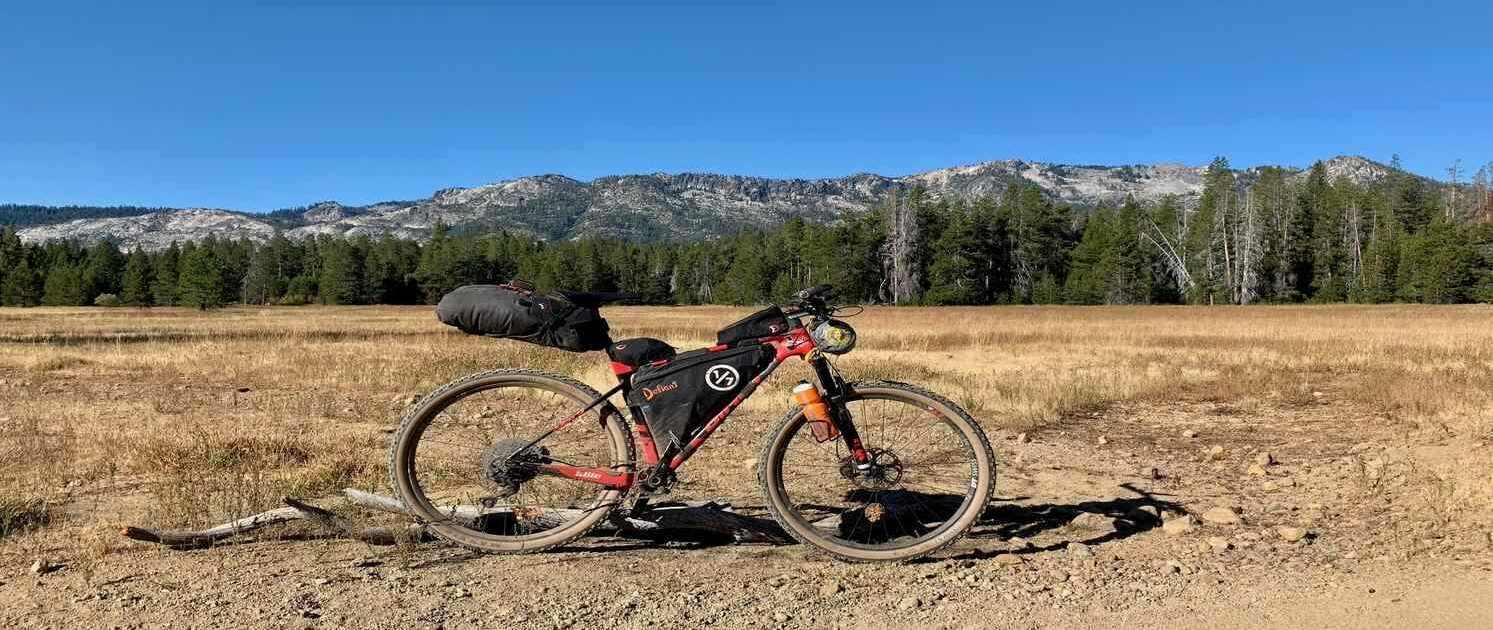

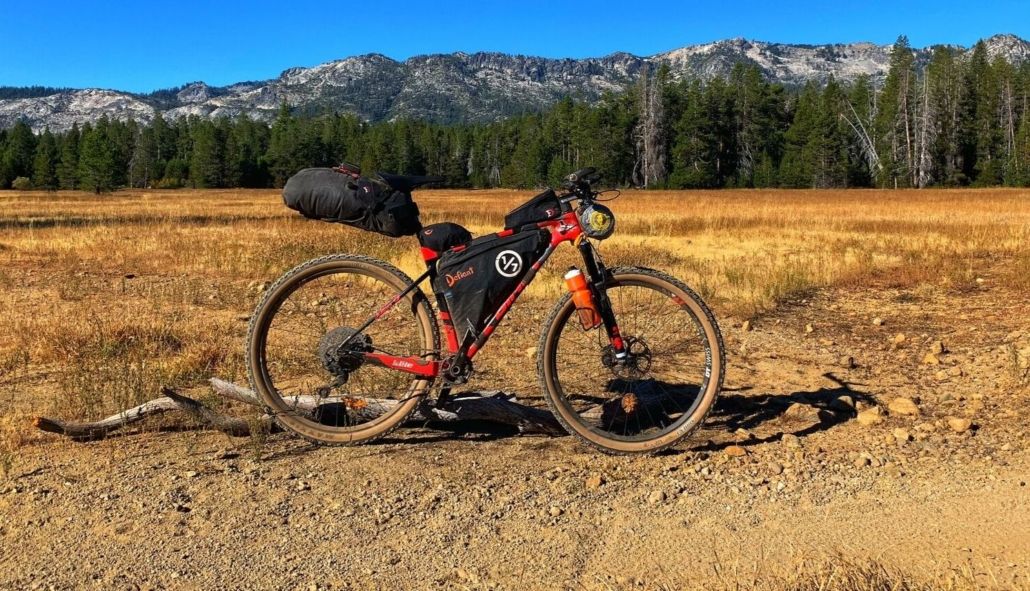
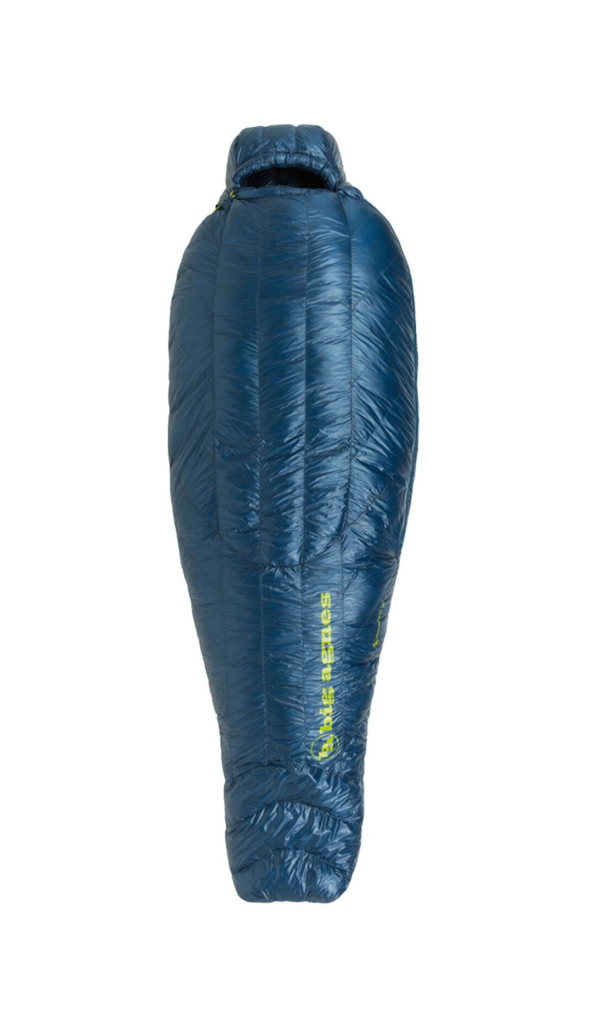
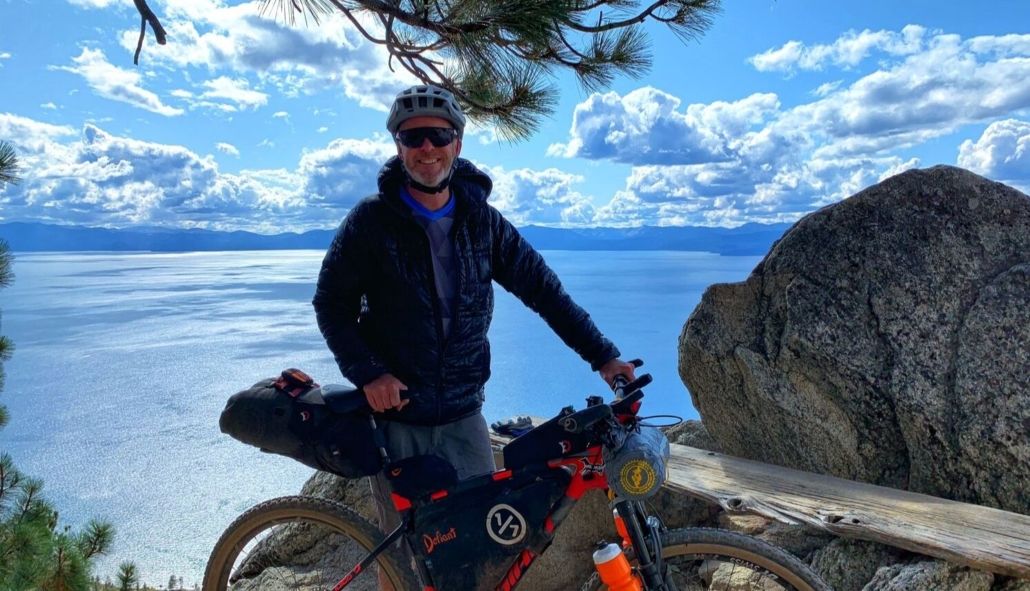

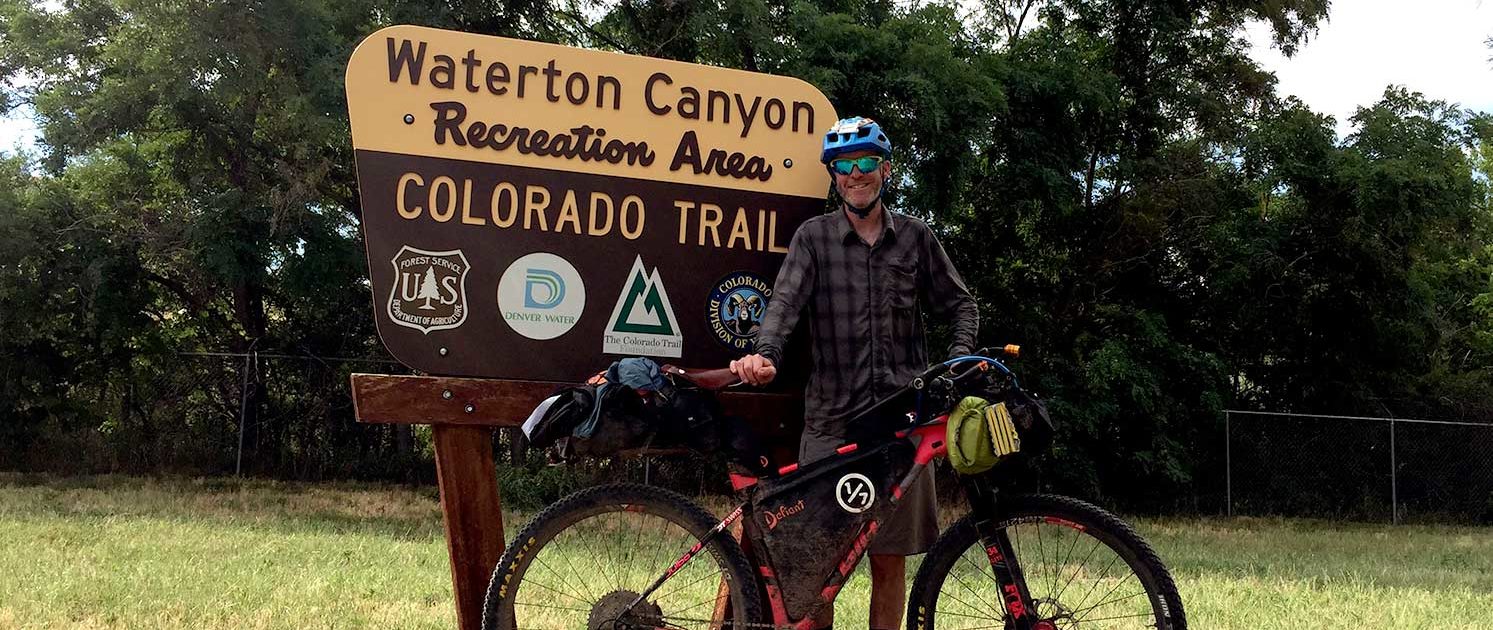
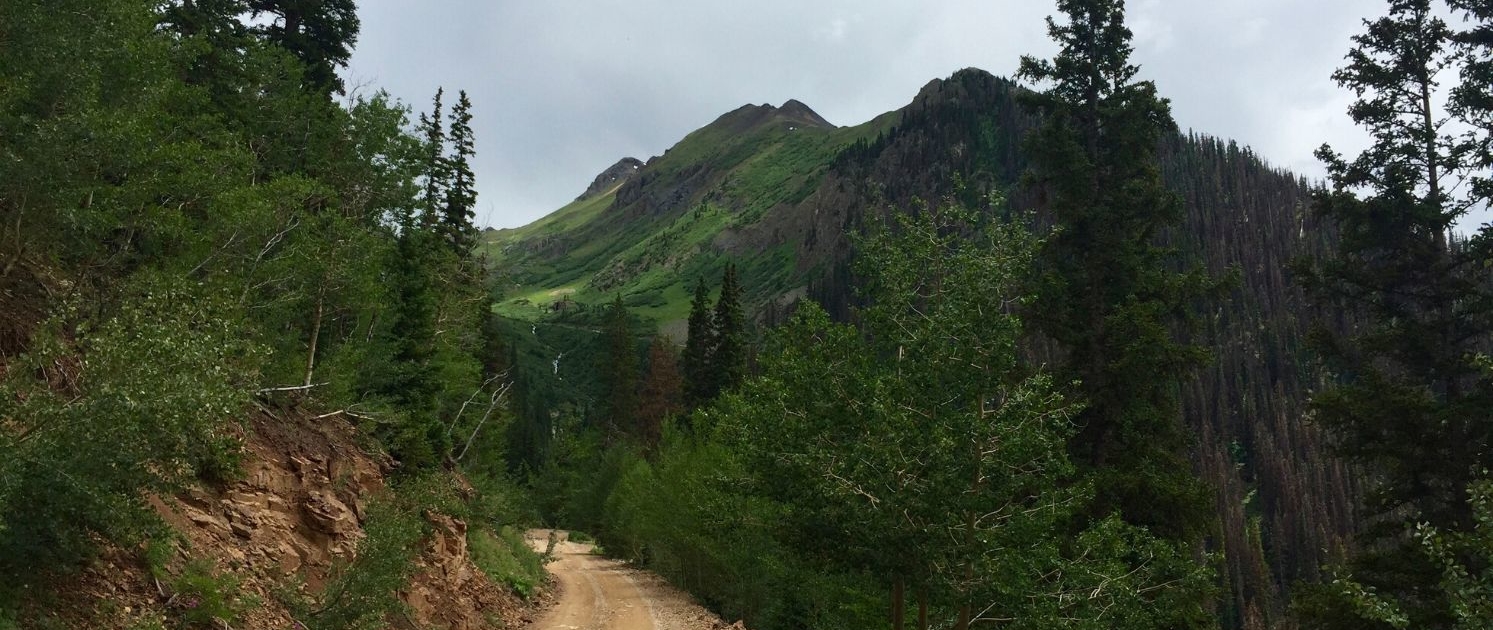
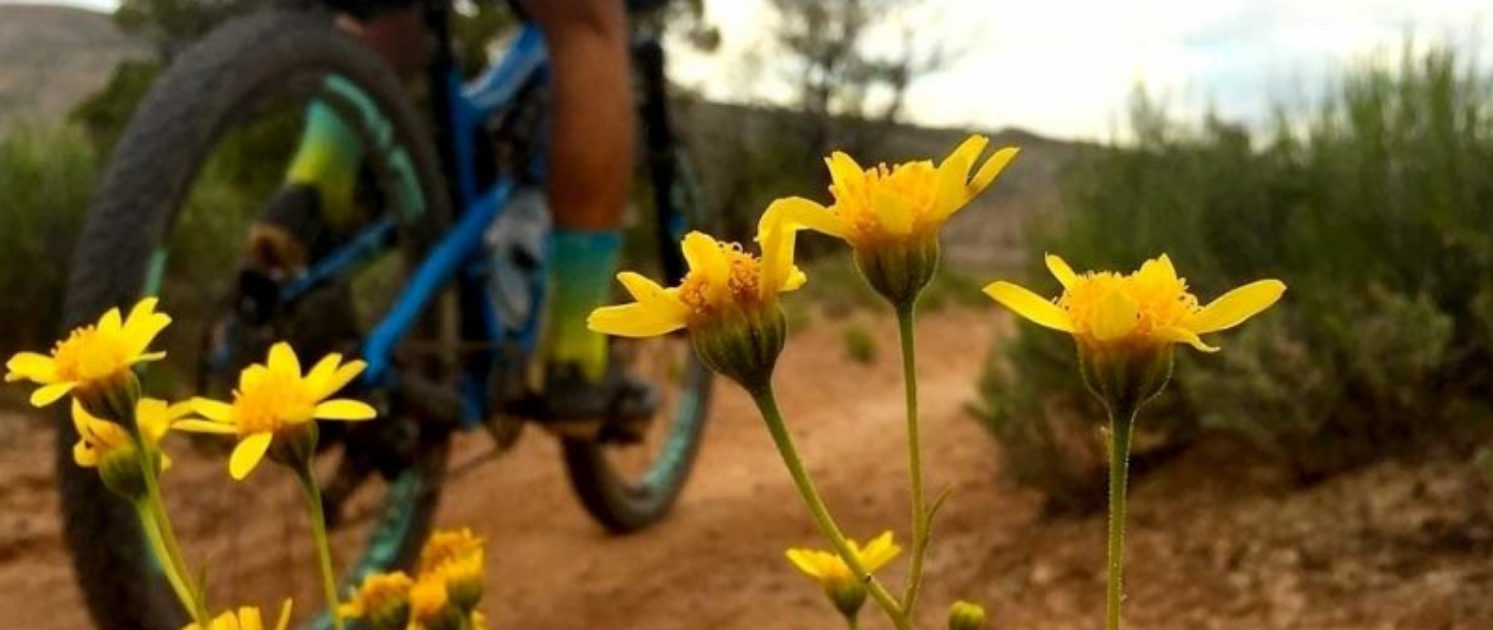
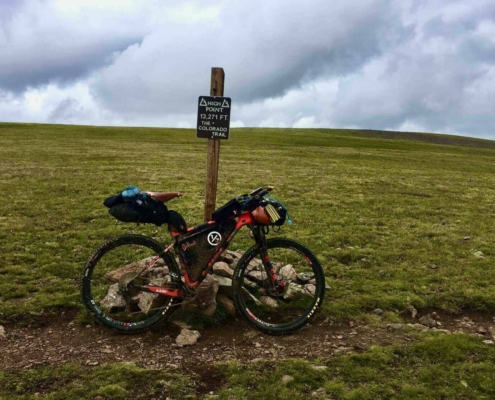
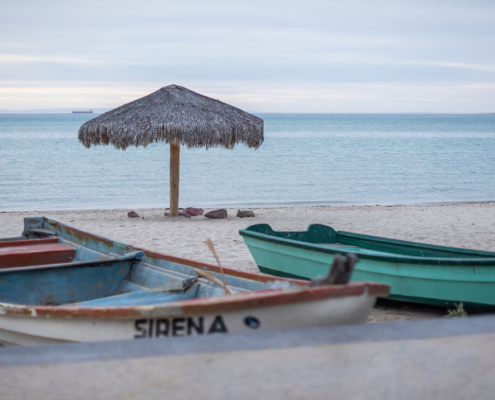 Courtesy of Dirt Trails Wanted
Courtesy of Dirt Trails Wanted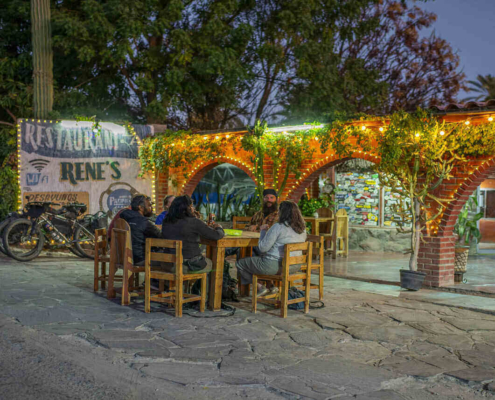 Courtesy of Dirt Trails Wanted
Courtesy of Dirt Trails Wanted
